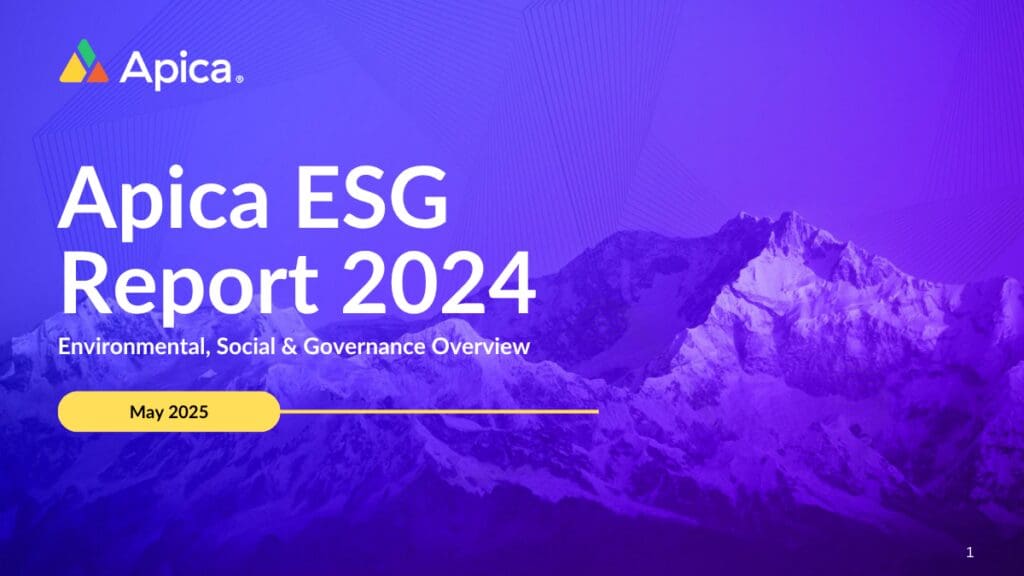Is a single page design the future of the web? To reignite and hopefully settle the debate, we’ll be looking at the pros and cons of single page websites. At one point, there was some spirited debate in the design community over whether responsive website design or single-page design was the way to go. CSS3, jQuery, and an assortment of other exotic options have since quieted the naysayers. In 2014, “responsiveness” and “single-page” are nearly synonymous.
But we’re not quite there yet. Between now and the 20XX of tomorrow, multi-page websites are still the norm. For some, single-page sites still aren’t flexible enough to warrant the switchover. The argument is often made that a large retail site like Amazon, for example, would never make use of single-page design.
Sure, that might be true. But not all companies are Amazon. Plenty of businesses big and small offer a select number of products or services that can easily be communicated in a single-page site.
Pros of Single Page Websites
No Page Refresh
This much is obvious, but are the benefits as immediately clear to designers? There’s a reason single-page sites are fast becoming standard on mobile. A site without page refreshing is like a buffet without a line – users get to exactly what they want when they want. Responsiveness increases tremendously, and backend maintenance becomes easier, too.
Quality Over Quantity
With the burden of page-by-page design and optimization removed, developers can focus on a single, quality page. After all, let’s not kid ourselves – good design takes time and focus. The fewer pages you have to deal with, the better the overall user experience.
Better Google PageRank
SEO experts may come to this conclusion before anyone else. Single-page sites are, in fact, a single page. All inbound links that would normally be split over your multi-page site? Yup, they’re all linking back to one page instead. This blows up your Google PageRank. Did we mention that search engine spiders love single-page sites because of their high content density?
Mobile Preferred
A slush pile of statistics reveals that mobile users are more likely to rage quit out of a slow-loading site (or a site with several slow-loading pages), than desktop/laptop users, who can afford to be slightly more patient. So it should come as no surprise that single-page sites are the responsive design paradigm of choice for the mobile market.
There’s also something to be said about the small size of smartphone screens. Limitations call for simplicity, so a single-page, “native application” frame of mind works in your favor.
Stand Out From The Crowd
Lastly, single-page sites are still not the norm. Use this to your advantage, and join the ranks of the swelling single-page crowd. Single-page design is (at least for now) associated with lean and smart startups. Use that mainstream appeal to your advantage.
Check out our blog post on the pros and cons of popular web browsers
Possible Cons of Single Page Websites
Large File Size
It goes without saying that if your page is too pudgy, it will load slowly. Slower than a normal homepage might. But this isn’t a warning so much as a piece of advice – good, responsive single-page design shouldn’t be video or image-stacked anyway. Ease off on the scripts! Scrolling is not the worst thing in the world, and plenty of users are okay with it.
Higher Risk, Higher Reward
Since single-page sites aren’t the norm, you run the risk of discomforting (or, even worse, annoying) your user base. Again, more advice than warning: don’t try to reinvent the wheel here. The traditional multi-page website is a throwback to publishing houses and the bygone era of printing. A single-page site is like a scroll with CSS3. Design based on its strengths, and always champion the user experience.











